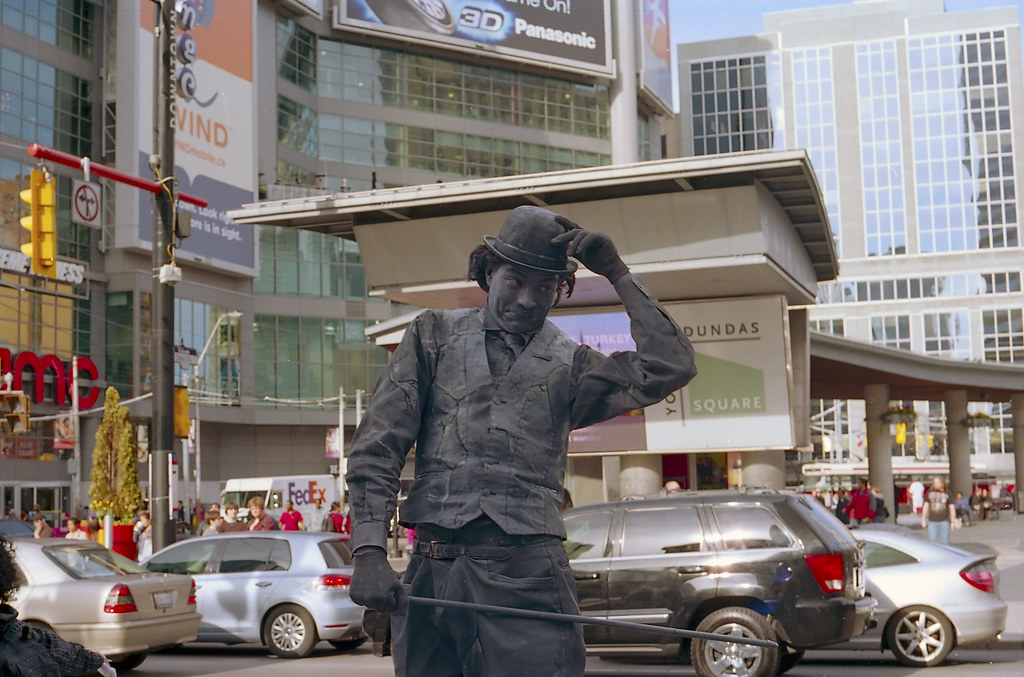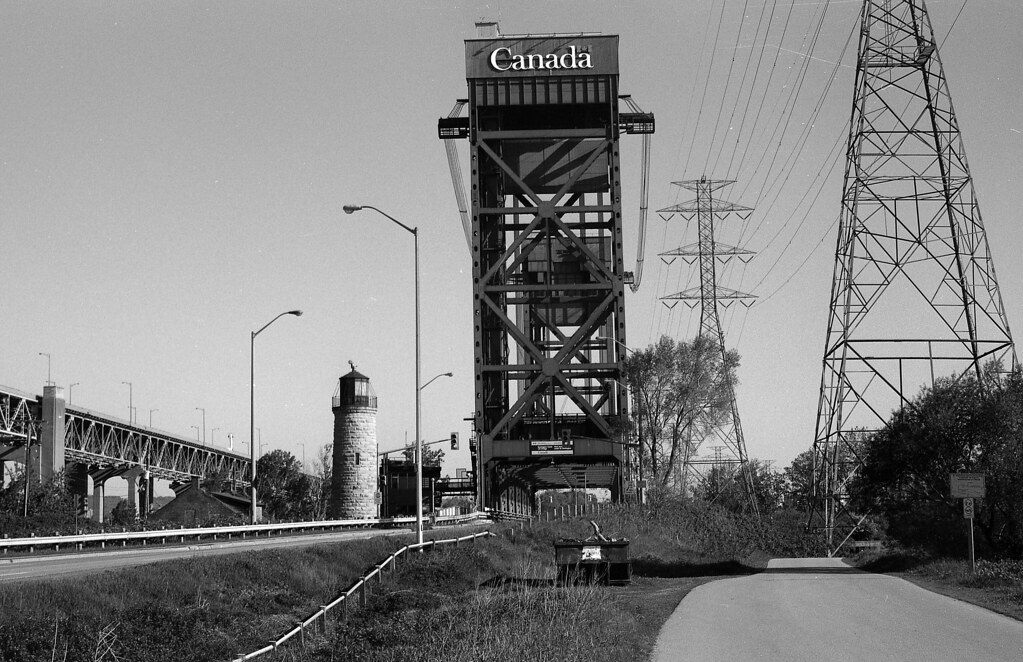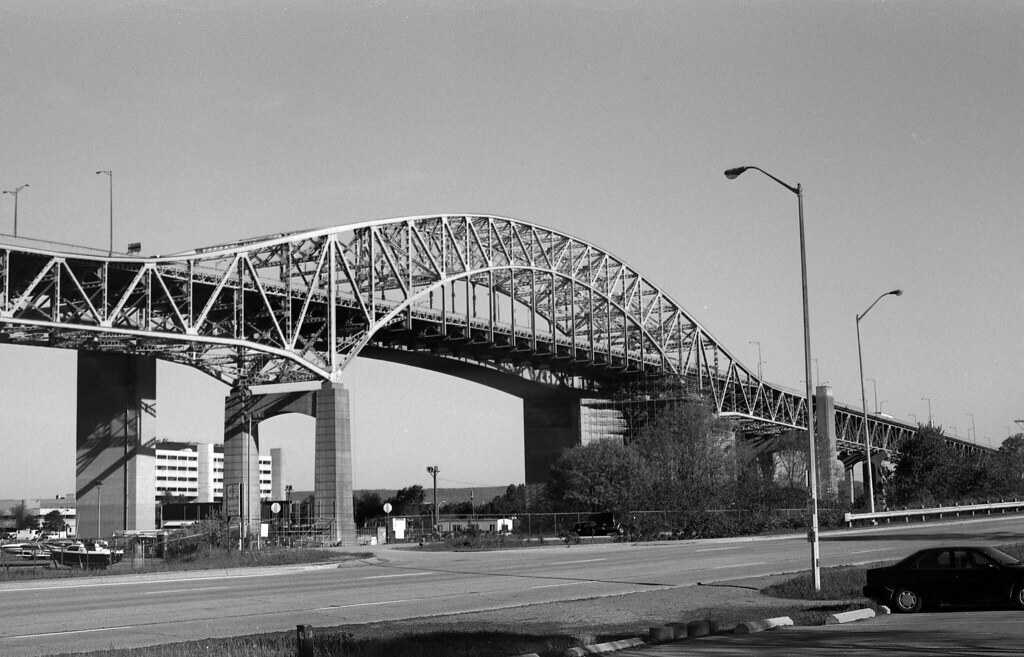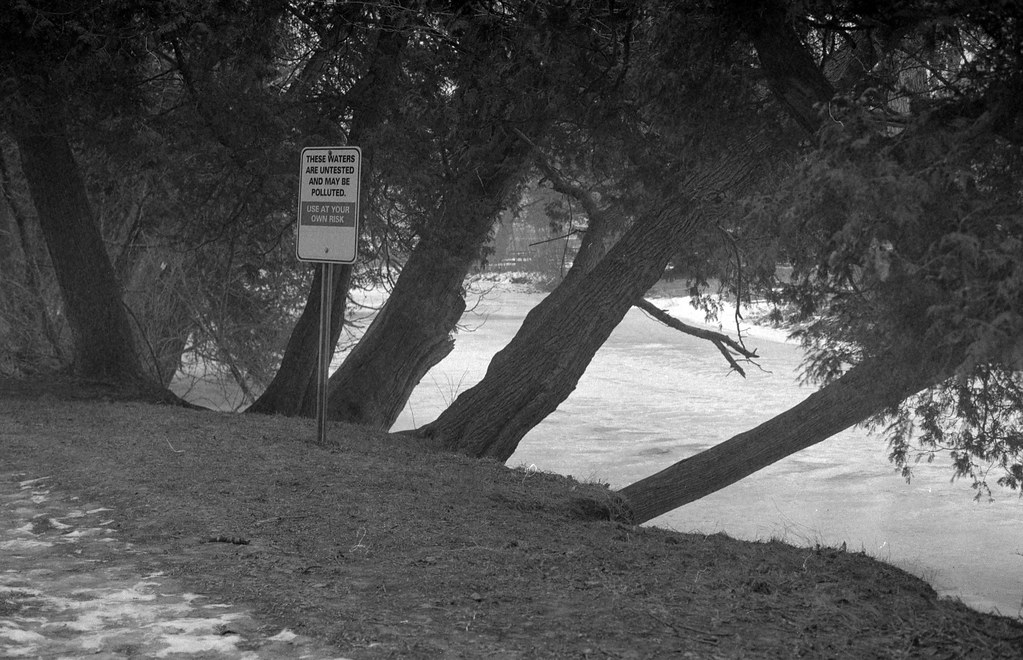Before we begin, even still today I am primarily a Nikon shooter. Sure I have had a couple of Canon cameras come through my collection throughout the years, in fact this is my second AE-1 Program to come and go. The first camera went on to help out my friend Nick in Ohio with a photography course he took in University and the second, this camera, went to my friend Laura from the 49th after her T50 kicked the bucket. But when it comes to Canon cameras and if you are a friend and fan of the Film Photography Podcast, the Canon AE-1 Program is no stranger. And even as a Nikon shooter, I can recognise the simplicity and quality that the AE-1P represents for the entry-level SLR and as an amazing camera for students.

Camera Specifications
Make: Canon
Model: AE-1 Program
Type: Single Lens Reflex
Format: 135 (35mm), 36x24mm
Lens: Interchangable, Canon FD-Mount
Shutter: Electronic Cloth Horizontal Travel Focal Plane Shutter, 2″ – 1/1000″ + Bulb
Meter: 2x SPC Cells, Centre-Weighted TTL, EV1-EV18 @ ASA-100, ASA-12-ASA-3200
Year of Manufacture: 1981-7


Background
By the 1970s, Canon along with most other camera makers from Japan at the time where looking towards the future. That future included electronic cameras, Canon’s first entry into the market would be the AE-1, the first in what is today called the A-Series. This was followed up by the highly acclaimed A-1 a year after the AE-1. The difference between the two is that that A-1 included some level of fully automatic exposure, whereas the AE-1 featured only shutter priority semi-automatic functionality. While the A-1 was aimed at advanced amateurs, the entry-level photographer’s clamoured for some level of Automatic Exposure. So in 1981 Canon released the AE-1 Program (AE-1P). The one thing Canon did right would be the keep the AE-1P chassis similar to the one found on the AE-1 and A-1, with some minor tweaks. What made the AE-1P popular is that is presented auto-exposure to the entry-level market and allowed them to take advantage of all the A-Series accessories such as databacks and motor drives. Not to mention is fit all the FD-Mount lenses both the older twist lock and newer button lock lenses, and both could handle the AE system on the camera. Production would not last long, the introduction of the EOS system in 1987 saw the end of Canon’s FD line of lenses and cameras.


Impressions
I’ll put it simply, the AE-1P looks nice, nothing special, it just looks nice. There is a no-nonsense nature to the camera itself with everything laid out exactly where you’d expect it to be. Which for someone who shoots Nikon gave me a leg up in the camera’s operation. The controls are simple and easily placed with few needed for general operation. Most importantly setting the camera into full AE mode is a matter of putting the aperture ring and shutter speed dial to their correct locations. Also, don’t let the amount of plastic bother you either, the AE-1P is a solidly built camera.


Experiences
If you just want your camera to work, then the AE-1P will get the job done. It was almost an instant understanding of how to operate the camera as soon as I picked it up and started. Loading film is quick and easy, even without the Canon QL (Quick Load) feature found on some older bodies. There’s a dedicated on/off switch to help save the batteries. Plus you want full AE, just set the shutter speed dial to Program and the Aperture ring to A and you’re good to go. Plus you have two semi-automatic modes by moving either the dial or the ring off the automatic setting. Plus full metered manual. The camera’s meter, a centre-weighted unit, is dead-on accurate with both colour and black & white films. Plus you have a nice short-throw on the film advance so even without a motor drive you have quick action. The camera is the perfect weight, not too light to think it cheap, but not too heavy to wear after a few hours of use. One of my favourite elements is the plastic ‘action’ grip on one side. It reminds me of the Nikon FA in that regards, but it also helps keep the battery compartment closed.


Optics
If you’re used to a standard bayonet mount then the breach-lock system of the Canon FD-Mount might throw you at first. But I had no issues with the mount, in fact, I find it a lot easier to mount and dismount the lenses than some bayonet systems. And here is where, especially today, the Canon AE-1P shines, since the FD system was dropped in 1987, you can get a lot of the lenses for a song these days. You honestly cannot go wrong with any of the lenses, a good starter is the 50mm f/1.8, or if you want a walk-about zoom lens the 28-85mm f/4. Of course, if you want to spend the money there is the iconic and highly valued 50mm f/1.4 S.S.C. It also doesn’t matter what version of the FD-Mount you have the older twist-lock or button-lock will work on the AE-1P without difficulty. And while the rise in popularity of mirrorless cameras and adapters, you can still find good lenses for a fair price.


Lowdown
When most people hear the term ‘student camera’ they instantly latch onto the Pentax K1000 and don’t get me wrong the K1000 is a solid choice. But these days the price point on them is creeping a little too high for the average student. Owning a K1000 in today’s market is more of a status symbol. If you want a good camera and you’re on a budget, you can pick up an AE-1P plus a 50mm f/1.8 lens for under 200$ if you know where to look. A body just on its own will cost between 120 to 160 dollars and add another 65 dollars for the lens. But don’t let the fact that the camera is aimed at students stop you, if you need a backup to your trusty F-1, the AE-1P is a good option. Or if you’re just looking to update your FTb with something a little newer, lighter, and more automatic, think the AE-1P. Now the battery is a speciality one, the 4LR44, in stores you do need a camera shop or a battery store. But these days they’re easy to get from Amazon. Plus they are required for the camera to function, so if you’re going somewhere keep a couple of spares with you. In general, the AE-1P is a fine camera, great for almost every application, and can stand up to most conditions with ease.


Further Reading
Don’t just take my word on the Canon AE-1 Program, you can check out the reviews by other awesome camera reviewers!
35mmc – Five Frame with a Canon AE-1 Program
Down the Road – Canon AE-1 Program Review
Mike Eckman Dot Com – Student Camera Showdown AE-1 vs. K1000
Casual Photophile – Canon AE-1 Program Review
Attempts At 35mm – An Honest AE-1 Program Review
James Grundy – Canon AE-1 Program Review